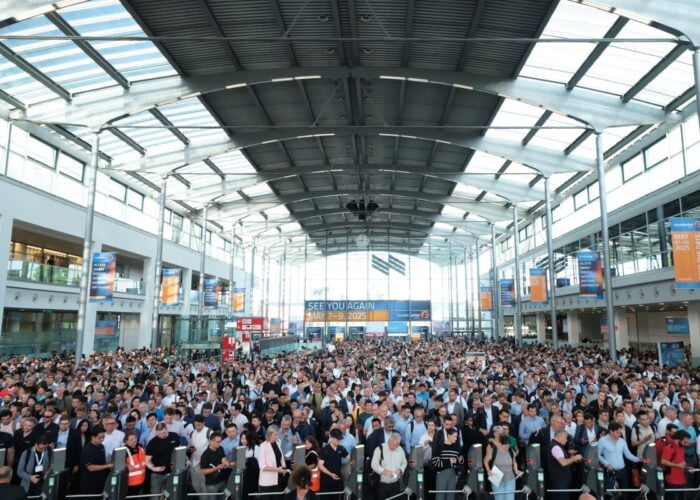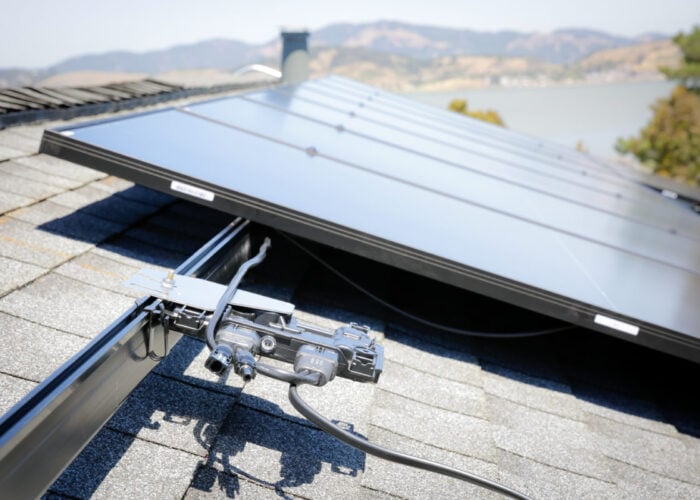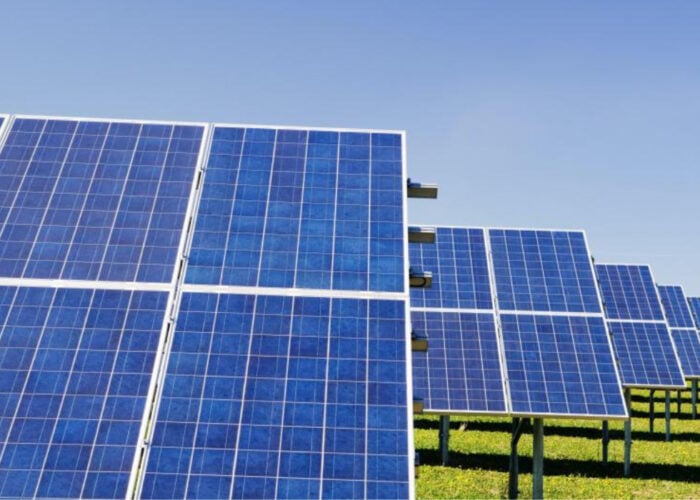Less than four months after being struck by a catastrophic earthquake and tsunami, the Tōhoku region of Japan is in line to receive ¥10 billion (US$123.7 million) in solar investment, reports Nikkei. The funds will be used to build at least 10 solar systems, which are all likely to have capacities ranging from 1-2MW and help to meet the electricity shortfall that has hit the region in the aftermath of March’s disaster.
The development is the vision of Industrial conglomerate Mitsui, which is receiving financial help from Tokio Marine Asset Management. All the electricity generated by the plants will be sold to utilities, with profits to be distributed among the fund's investors; Tokio Marine expects the fund to generate annual returns of around 3-4 %, and ¥100 billion over five years.
Unlock unlimited access for 12 whole months of distinctive global analysis
Photovoltaics International is now included.
- Regular insight and analysis of the industry’s biggest developments
- In-depth interviews with the industry’s leading figures
- Unlimited digital access to the PV Tech Power journal catalogue
- Unlimited digital access to the Photovoltaics International journal catalogue
- Access to more than 1,000 technical papers
- Discounts on Solar Media’s portfolio of events, in-person and virtual
Or continue reading this article for free
Since the Fukushima nuclear plant meltdown, interest in PV among Japanese companies has soared, although Mitsui are one of the first companies to put a concrete development plan in place.
In line with this, Japan’s Prime Minister Naoto Kan has already promised to cater for 20% of the country’s energy requirements through renewable sources. Kan also claims that the costs of solar will fall by one-third by 2020 and a further one-sixth by 2030.







